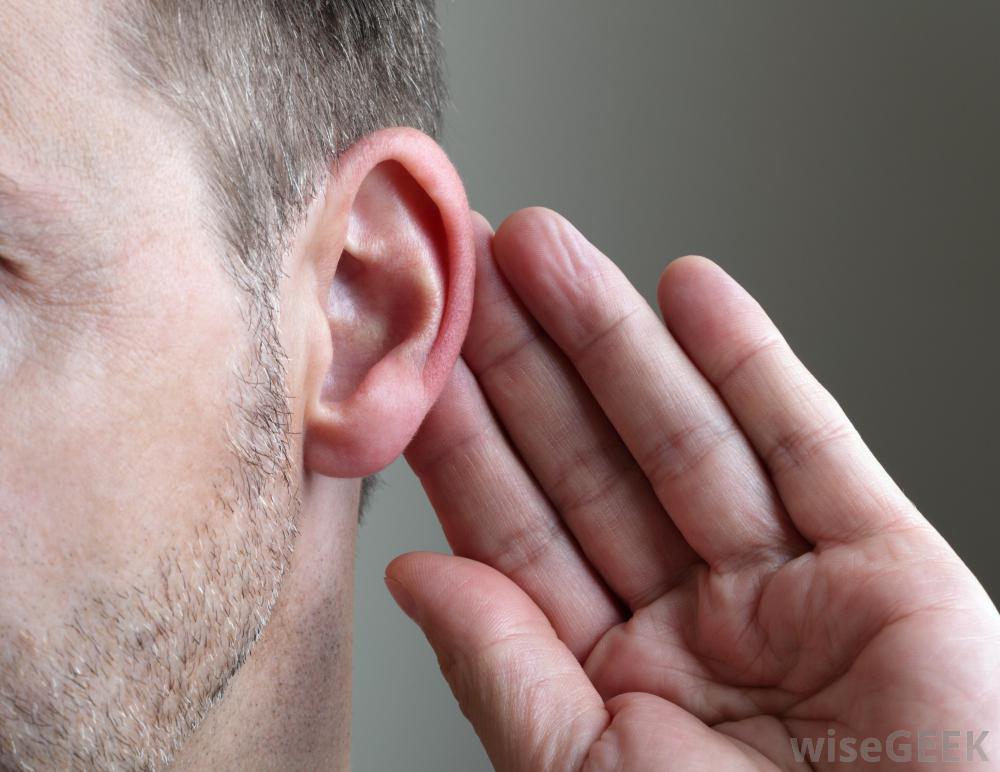Having signs and symptoms of hearing loss will warrant a visit to the doctor to find out what is causing the hearing loss. Hearing loss is natural in older adults and can be improved with hearing aids (go to website here to compare hearing aids for older people). When trying to find the correct diagnosis in younger adults and children with hearing loss, there are certain tests that will be ordered.
One common symptom that, you may want to have further investigated is not being able to hear people clearly. To the person suffering from hearing loss, it may seem as if people are mumbling. They may miss important facts in a conversation and have to ask people to repeat themselves over and over again. This can cause embarrassment to the person suffering from hearing loss. Having the need to stare at another person and watch their lips move in order to understand the other person. Feeling excessively tired can be another symptom of hearing loss and this is caused by straining to hear what others have to say all day long. Another symptom would be avoiding social situations because it’s difficult for the person suffering from hearing loss to socialize when they can’t hear correctly. The person suffering from hearing loss may also fake understanding what people are saying to them. They will often shake their head and say yes or no and, try to be agreeable. They don’t like to ask other people to repeat themselves after speaking. If an adult or a child has any of these symptoms of hearing loss they will need to see a physician for a hearing test. At online search engines, the sonus complete ranking should be checked through the person. All the hearing problems will be cured through the right pills. With the occurrence of the symptoms, a visit should be made with the doctor. The person should agree on the treatment prescribed through the professionals.

When testing the hearing in adults and older children the traditional or standard eudiometry test is used. This test will use both low frequency sounds as well as high frequency sounds. When taking this test the participant will be asked to either hit a button or raise their hand when they hear a sound. Word recognition may also be used. The word recognition test will be performed both in a quiet and a noisy environment. Another common test used in adults is the tympanometry or acoustic immittance test. This test is used to determine if there is an inner ear problem. The auditory brainstem response test is a procedure which can determine how the brainstem reacts to sounds. This is done while the patient sleeps or is at rest. Another test is the otoacoustic emissions test and this will determine inner ear function. Hearing tests performed on children is determined by the child’s age. Some tests will involve simply observing the child’s response to outside sounds and stimuli. Tympanometry is often used in the small child to determine how the eardrum moves when sound, or air is placed in the ear canal. Another test that can be performed on small children is the otoacoustic emissions test. This test is done while the child or infant is sleeping, and a probe is inserted into the ear. Another test that is similar to the otoacoustic emissions test is the auditory steady state response test and this is done while the child is asleep. Both of these tests are commonly performed on newborns after birth. If the child fails the test the test will then be repeated. If the child fails a second time they will be referred for further screenings.

All hearing loss isn’t the same; some types of hearing loss can be temporary while others are permanent. There are three different ways to categorize hearing loss being sensorineural, conductive and mixed. Sensorineural hearing loss is more severe and may result in permanent hearing loss. This type is caused by loud noise, drugs, inherited conditions, disease process and injury. With this type of hearing loss many find it beneficial to use a hearing aid. Conductive hearing loss is most often caused by a blockage in the ear canal or repeat ear infections. This type of hearing loss is most often seen in children. This type of hearing loss can be corrected by surgical means and is temporary. Mixed hearing loss is a combination of both types. The conductive part of the hearing loss will be able to be treated where the sensorineural will not.
